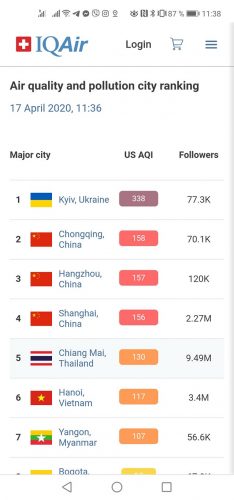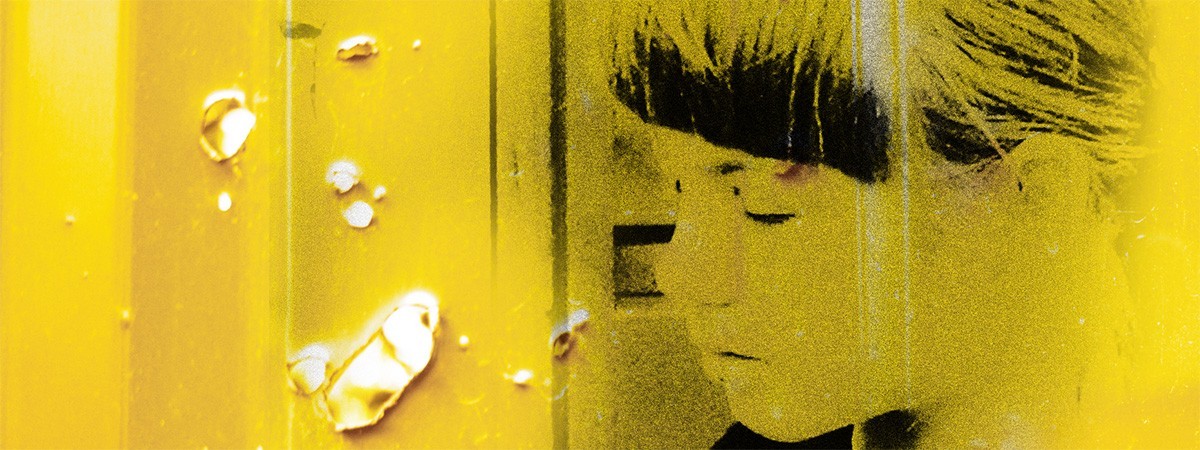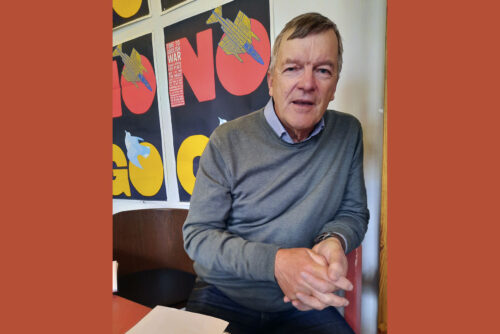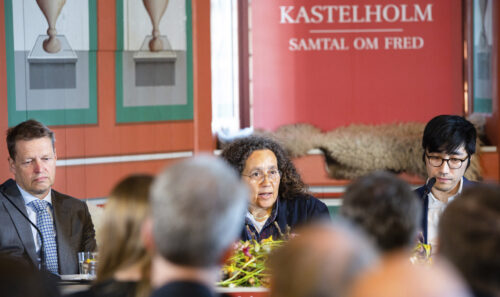The wildfires in the Chernobyl exclusion zone started on April 4 and emergency workers were desperately trying to put them out for weeks. The fire destroyed at least 12 villages, which were evacuated after the disaster of 1986, and forested area of approximately 2000 hectares. The fire stopped thanks to the rainfall of April 13th but as of April 15 reports indicate an elevated level of radiation in the area as well as in the city of Kiev.
NBC News points out that the Ukrainian authorities have played down any radiation risk. It has been confirmed by reports by the Ukrainian media on the situation in Kiev and around the capital being critical as of April 17 while the authorities claimed there is no risk of radioactive contamination.


Nuclear Engineering website on April 14 referred to Yaroslav Emelyanenko, a member of the public council at the state agency for the management of exclusion zone, that by that day the fire had reached radioactive waste storage facilities. Emelyanenko said: “There are two options, either the real situation is not reported to the government or they have chosen a policy of silence”.
Some Ukrainian media outlets also claimed via their social accounts that a danger of radioactive contamination existed. Thus, Euromaidan Press on Twitter reported on April 14 that the cloud from the Chernobyl exclusion zone was radioactive. Kyiv Post also reported on April 16 that Kyiv had an Air Quality Index of 380 units, rated “hazardous,” according to tracking website IQAir.
As of the April 18, we got information from a Ukrainian human rights defender living in Kiev: photos taken the same morning showed ash coming in the flat through closed windows. Alexander K stated: “The nearby forested area of Kiev is covered with an ash cloud which resembles the one caused by a volcano eruption. Windows closed tight do not protect. The balcony and the windowsills have to be wet-wiped regularly. We have been renting the flat since 2014 and this is the first time this has happened. Many neighbours have left their flats… My wife walked past our house as the smog was so thick”.
Ukrainian media reports that the situation is aggravated by fires spreading in the Zhitomir Region in northern Ukraine. On April 18, Zhitomir regional information portal stated more than 600 firefighters are trying to put out wildfires destroying both forested area and houses. Another factor contributing to the complexity of the situation is a separate dust storm . UNIAN agency pointed out that the dust and sand storm which raged through Kiev was unique. The Ukrainian 112 TV channel collected video and photos of it.
In January 2020 the Finnish Peace Committee assisted a crew of independent Ukrainian video bloggers to present the result of a journalistic investigation into the nature of the forest fires in the Chernobyl exclusion zone. The problem of forest fires is linked to illegal logging in the area. Alexander Medinskiy and Denis Tolstun, the authors of the documentary, based it on their filming in summer 2019 in the area which is regarded as a forest reserve where logging is officially banned due to high level of contamination (see the research by Smith and Beresforth).
Their film also recalls the severe fires in the same area in April 2015, which were disregarded because of the then active armed conflict in the eastern part of Ukraine. More than 400 hectares of forest were affected by fire while the authorities claimed that there is “no danger” with regard to threat of radioactive contamination. New Scientist in February 2015 quoted a researcher from the University of Eastern Finland, who warned: “The lack of management of forests, the apparently slower decay of vegetation exposed to radiation, climate change leading to drought and the expansion of forested areas all contribute to an increasing risk of forest fire and therefore further dispersal of long-lived radioactive nuclides.” On May 5th, the firefighting effort continues in Zhitomir region, according to Kapital ua news agency. Troops have been employed to do the job. More than 1,000 people and 292 vehicles, including three helicopters are involved in the firefighting effort. On Sunday, April 19, rescue aircraft carried out 93 water drops over the exclusion zone.
Arsen Avakov, Ukraine Interior Minister, blames enemies of the state for the cases of arson in the area, according to 112 TV channel. He also explains the wildfires in Zhitomyr Region as arson. Moreover, in summer 2019 the National Guard of Ukraine under the command of Avakov held military target practice in the contaminated area, according to German DW.
Among other alleged culpables are stalkers “inspired” by the Tarkovsky film, according to the Times , or local residents who have the tradition to burn dry grass, according to some other experts; Greenpeace Russia stated on April 4 when the Ukrainian authorities said the blaze covered an area of 20 hectares, that satellite images showed it was around 12,000 hectares in size at that time.
The Peace Committee got information from people in Zaporozhye, Dnipr and even Donetsk, that the smog reached those areas in the period April 13–18.







